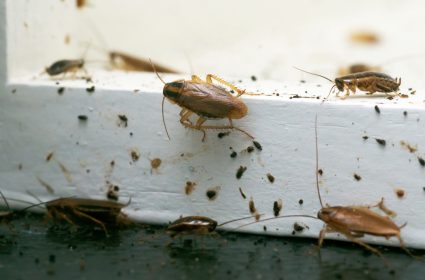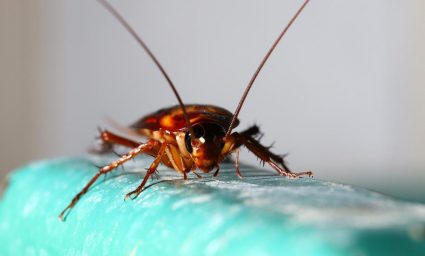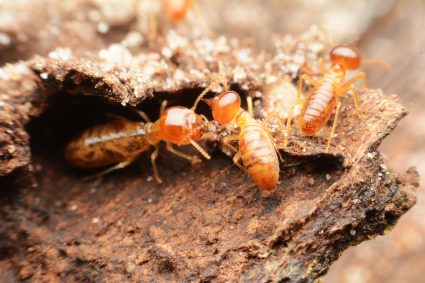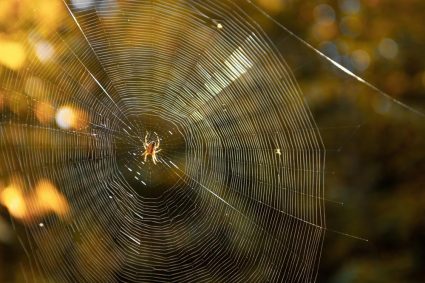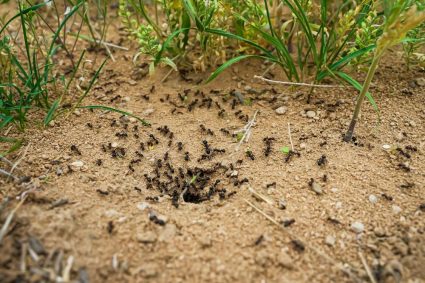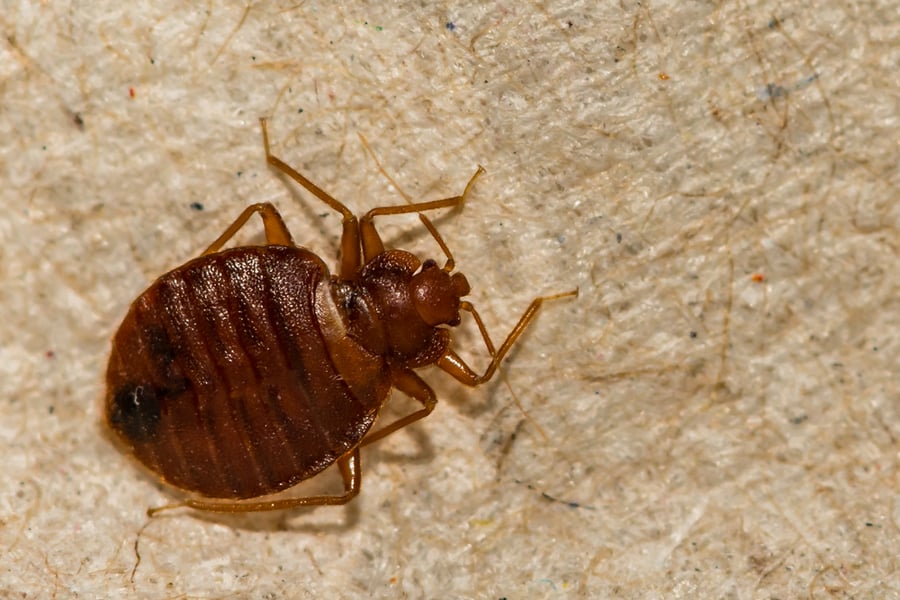
The unpleasant discovery of a bed bug infestation ruined a weekend in my father’s cabin.
While we cut the trip in half and left for home, my parents tasked me with hiring an exterminator to eliminate the infestation.
Hiring an exterminator, discussing options, and spraying the cabin didn’t mean that I could put my feet up.
Upon giving the treatment enough time to work its magic, I had a long list of follow-up and preventive actions to ensure that the bed bugs were gone for good.
Removing contaminated food, eliminating possible hiding spots, and light cleaning are advised two hours after spraying for bed bugs.
Upon giving the pesticides one to two weeks to settle, wash and clean and vacuum the building and launder clothing and bedding in high heat daily for at least three days.
Let’s find out what to do after spraying for bed bugs, how to prevent future infestations, and ways to know if spraying was effective.
What Happens After Treating Spraying Bed Bugs
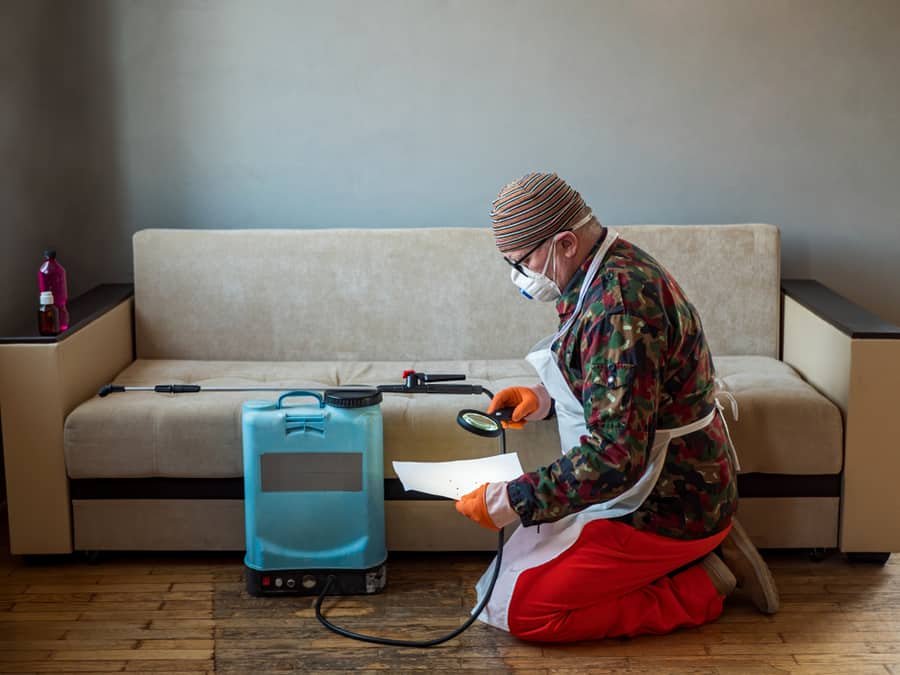
Fortunately, we only had to put up with bed bugs for a weekend, which was bad enough.
According to the chat I later had with the pest exterminator, many people coexist with bed bugs for longer but not by choice.
Most of the time, people are embarrassed to seek solutions or don’t know what to do.
Expect To See Bed Bugs After Treatment
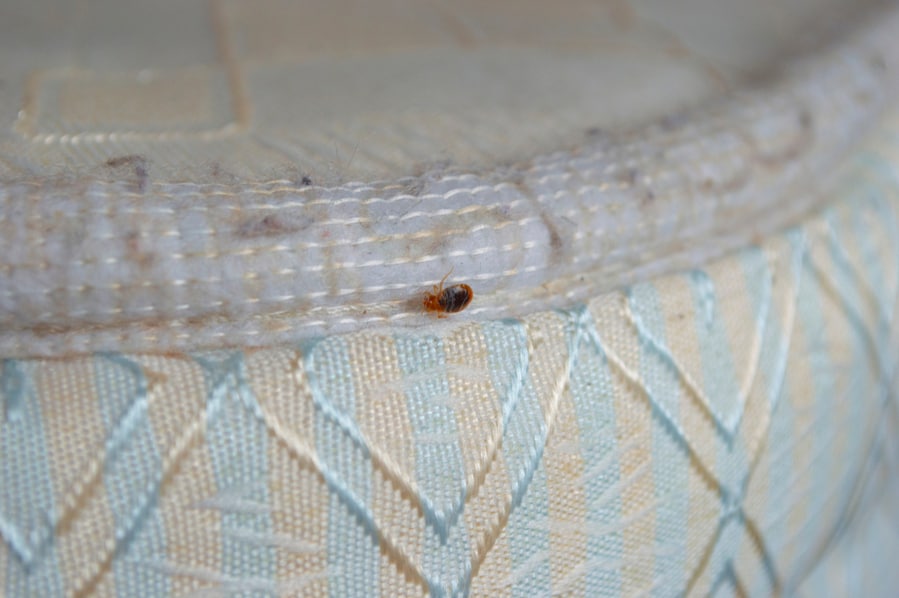
The exterminator spraying for bed bugs does not instantly drive them away or kill them.
Most bed bug treatments need time to work, so prepare to see bed bugs for up to two weeks after spraying.
Seeing bed bugs after two weeks is a sign of requiring further treatment.
How Long Does Treatment Take To Kill Bed Bugs
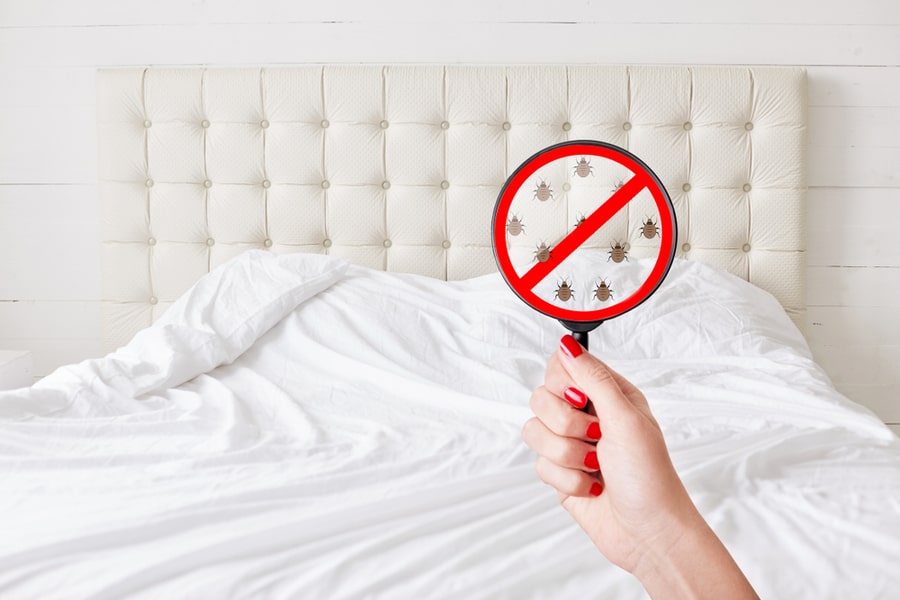
Another problem with treating bed bugs is that many expect the exterminator to solve the problem overnight.
However, it’s essential to understand that eliminating bed bugs is difficult even for an experienced exterminator, especially with them becoming increasingly immune to pesticides exterminators use.
How long treatment takes to eliminate a bed bug infestation depends on the type of spray, its concentration, and its active ingredients.
Generally, the spraying takes between one to two weeks to eliminate bed bugs.
Returning Home After Spraying

This depends on the type of treatment and other factors of the treatment method.
Therefore, the best option is to ask the pest exterminator and confirm when to return home.
In most cases, it’s a good idea to give two to four hours for pesticides to settle down.
Exposure to some pesticides can be harmful to humans and pets. Therefore, ask the pest exterminator about their pesticides and precautionary methods after applying treatment.
Discuss pet-friendly treatment options with the exterminator before spraying if pets are present.
10 Things To Do After Spraying for Bed Bugs

Having an exterminator spray for bed bugs isn’t the end of the story.
I took many follow-up measures as advised by the pest control technician to ensure my health and well-being and the effectiveness of the efforts in eliminating the bugs.
1. Allow Time for the Spray To Work

It’s important to discuss with the exterminator how long to wait before cleaning.
Generally, it’s a good idea to give the treatment three to five days to dry and settle. Light cleaning can begin after that.
For two weeks, avoid washing, mopping, or wiping through different perimeters, especially bedrooms. That way, bed bugs living within such boundaries will not move to other building areas.
This includes moving clothing and bedding between perimeters within the structure. More vigorous washing, cleaning, and laundry can begin after two weeks pass by.
2. Avoid Food Contamination

Carefully collect and dispose of any food that wasn’t removed before spraying.
Lightly wipe surfaces that might touch food with water and a cleaning product to avoid contamination.
3. Eliminate Hiding Places
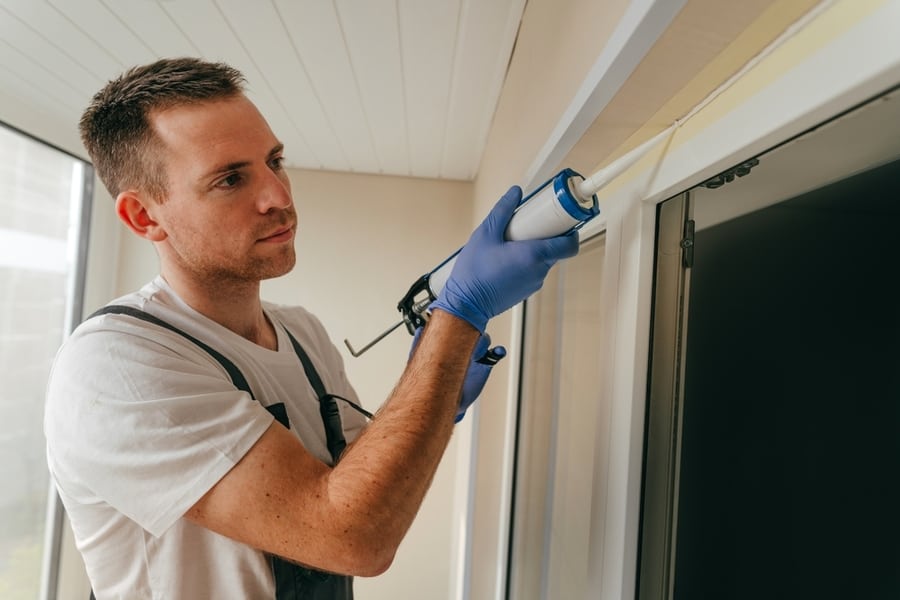
I took care of this step before the exterminator sprayed my cabin. However, it’s worth looking around for openings after spraying as well.
These include cracks, crevices, gaps, holes, broken drains, and roof damage where bugs might take shelter from the toxic spray only to return when things settle down.
Repair and seal such openings, ensuring all the bed bugs within the structure are exposed to the pesticide treatment with no place to hide.
Additionally, cover any electrical outlets and switches, preventing any surviving bed bugs from taking refuge.
4. Keep Storage Areas Empty

The exterminator also asked me not to put things back in drawers, cupboards, and closets for a week, ensuring that any remaining bed bugs didn’t find new hiding places to nest again.
It also made the daily cleaning I carried out later more effective.
5. Bring In Fresh Air
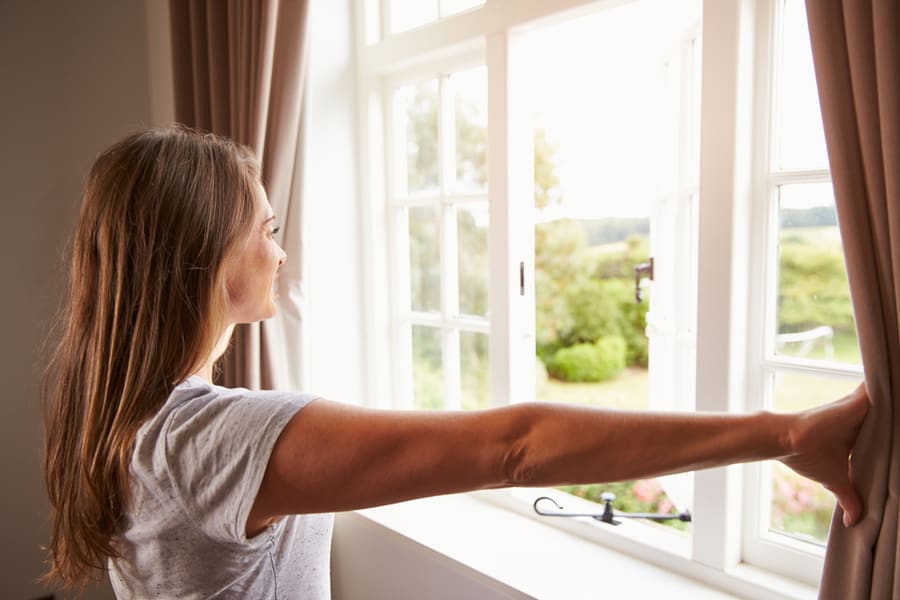
The exterminator asked me not to enter the cabin for two hours after spraying.
After waiting a few hours, I opened all the windows and doors, bringing in the fresh air for at least an hour before moving on to other follow-up tasks.
6. Daily Laundering
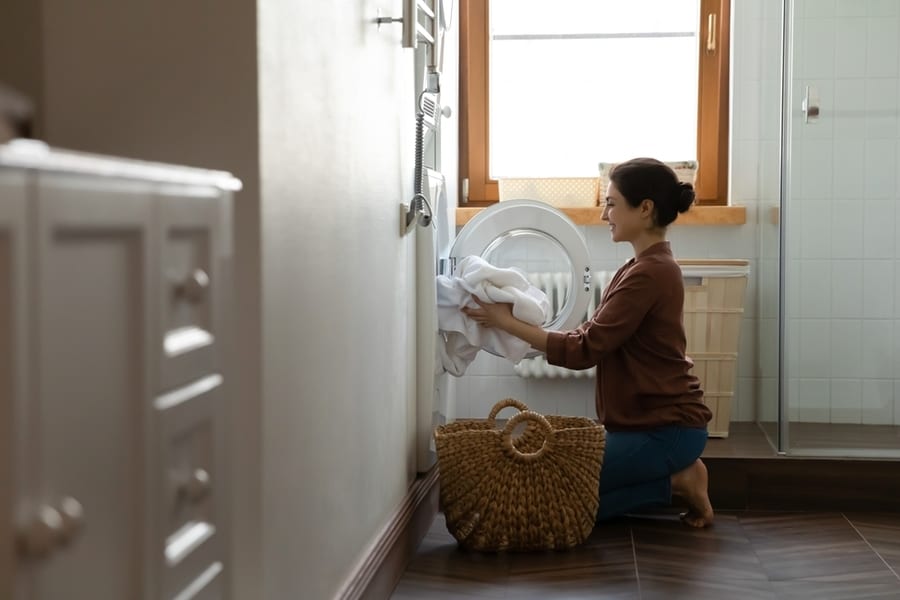
It is vital to understand that many bed bugs and their eggs can go unharmed even after the exterminator does a great job with spraying.
After waiting for two weeks, I laundered all the bedding and clothing in the cabin at high heat every day for a week, also using high heat to dry them.
Laundering all the bedding and clothing frequently at high heat will kill any remaining bugs and their eggs, eliminating the chances of a future infestation.
7. Bag and Seal Extra Clothing and Bedding
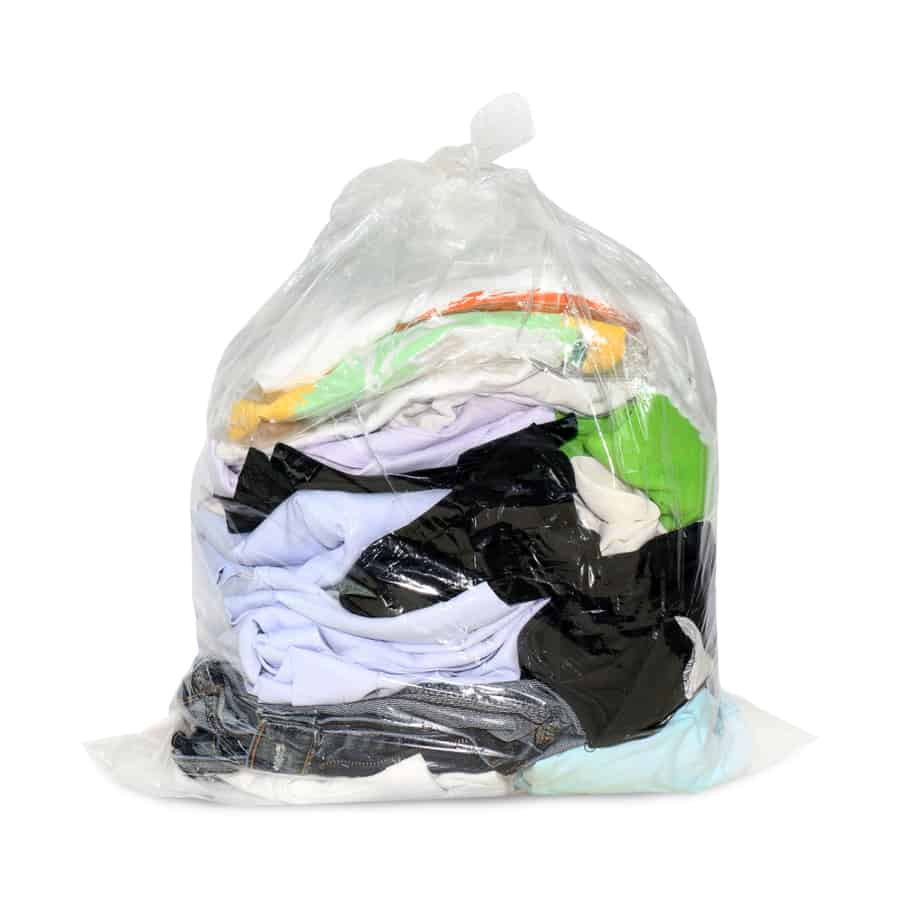
Fortunately, the bed bugs only infested our cabin, which didn’t have a lot of clothing and bedding, instead of my house, where washing and drying all the clothing and bedding every day would have been a nightmare.
For those dealing with bed bugs in houses and other places with lots of clothing and bedding, washing and drying all the extra stuff before sealing them in plastic bags, vinyl pillow covers, and mattress encasements is an excellent solution.
This way, the daily washing is kept to a minimum while ensuring any bed bugs or eggs hidden in the clothing and bedding that are kept away suffocate.
8. Thorough Washing

Some bed bugs can survive exterminator sprays and later cause infestations.
Two weeks after treatment, I thoroughly washed and cleaned the entire cabin for a few days, ensuring that any bed bugs that escaped the treatment didn’t stick around to cause more problems later.
Once again, this is a painstaking task. However, cleaning as many surfaces, including furniture, helps avoid future bed bug infestations.
Remember to pay extra attention to areas such as bathrooms, kitchens, and laundry rooms when cleaning a house after bed bug spraying to eliminate any stubborn survivors.
9. Daily Vacuuming
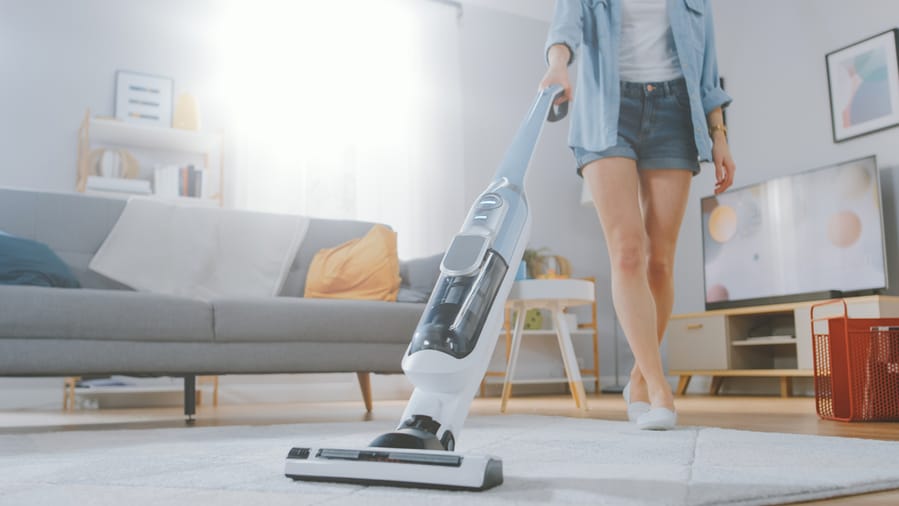
In addition to washing and vacuuming the sprayed building daily, paying extra attention to the areas around beds and frequented by clothing, including cupboards and drawers, is an excellent way to remove dead bed bugs and eliminate any survivors or eggs.
Use disposable bags when vacuuming after bed bug treatment and adequately dispose of the bags to ensure that bed bugs will not return.
10. Clear the Perimeter Around the Structure

Any bed bugs escaping spraying might take refuge in wood piles, overgrown bushes and trees, leaf piles, clogged gutters, and similar clutter around a building.
Therefore, I thoroughly cleared the surrounding area of the cabin, ensuring that any escaped bed bugs didn’t find refuge near the structure before moving in later.
Preventing Future Bed Bug Infestations
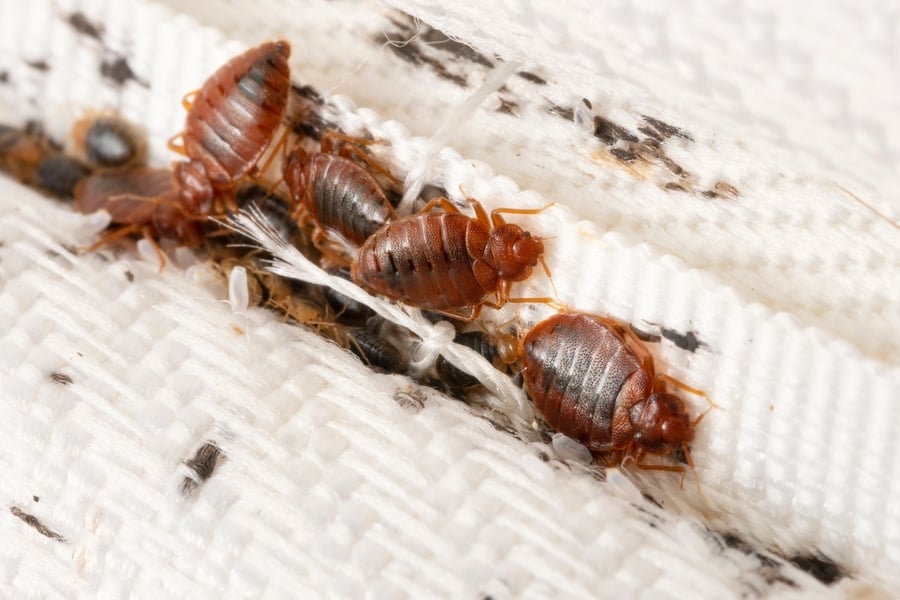
The most vital step in avoiding a future infestation of bed bugs was identifying how they got into our cabin.
Bed bugs usually hitch rides to new structures while hiding in luggage, clothing, bedding, and furniture.
Although I had no idea where they might have come from, I took various preventive measures to avoid a repeat infestation.
1. Avoid Bringing In Used Clothing and Bedding
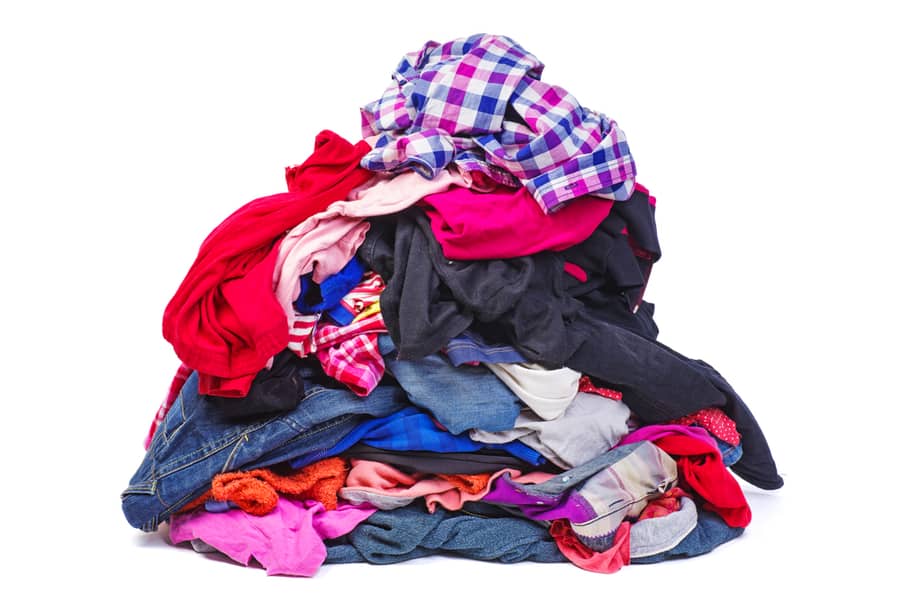
I ensured I did not bring any used clothing and bedding to and from the cabin.
I kept work uniforms for my time there, carefully sealed in zip-lock bags between trips.
When returning home from the cabin, I sent my work uniforms straight into the washing machine to wash and dry in high heat, doing everything I could to prevent any bed bugs from traveling to my house from the cabin.
2. Do Not Bring In Used Furniture

Bed bugs hide in tiny crevices of used furniture.
Therefore, do not reintroduce bed bugs into houses and other structures by bringing used furniture.
How To Know if Spraying for Bed Bugs Worked
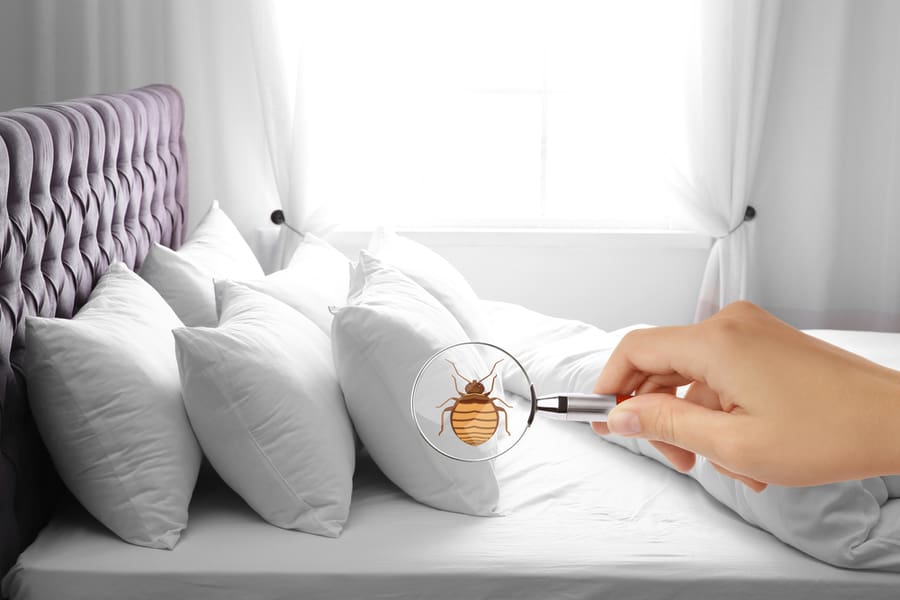
Eliminating a bed bug infestation sometimes require repeated spraying. Bed bugs are becoming more immune to pesticides.
Additionally, some bed bugs can hide in cracks, crevices, and uncleared clutter during spraying, resulting in the continuation of the infestation.
Knowing whether an exterminator’s initial efforts successfully eliminate a bed bug infestation is essential.
Keeping a wary eye for any signs of existing bed bugs will help inform the exterminator about their presence and take immediate action to keep them from multiplying again.
1. Daily Inspection

I closely watched the entire cabin for any signs of living bed bugs.
I didn’t limit inspections to affected areas since bed bugs can quickly run and hide in other areas during treatment.
I sometimes used sticky traps around the cabin, making inspections more thorough.
Seeing living bed bugs after 7 to 14 days from the first treatment should be enough evidence to call the exterminator.
2. Watch Out for Bites
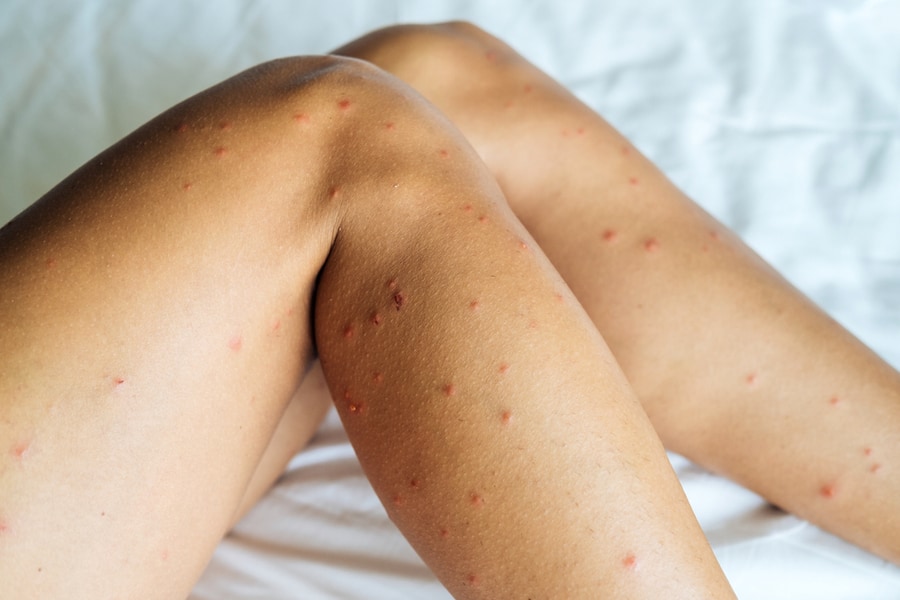
Eliminating a bed bug problem means there will no longer be annoying bed bug bites.
Any bites after two weeks from initial treatment are signs of needing more treatment.
3. Keep an Eye on the Bedding
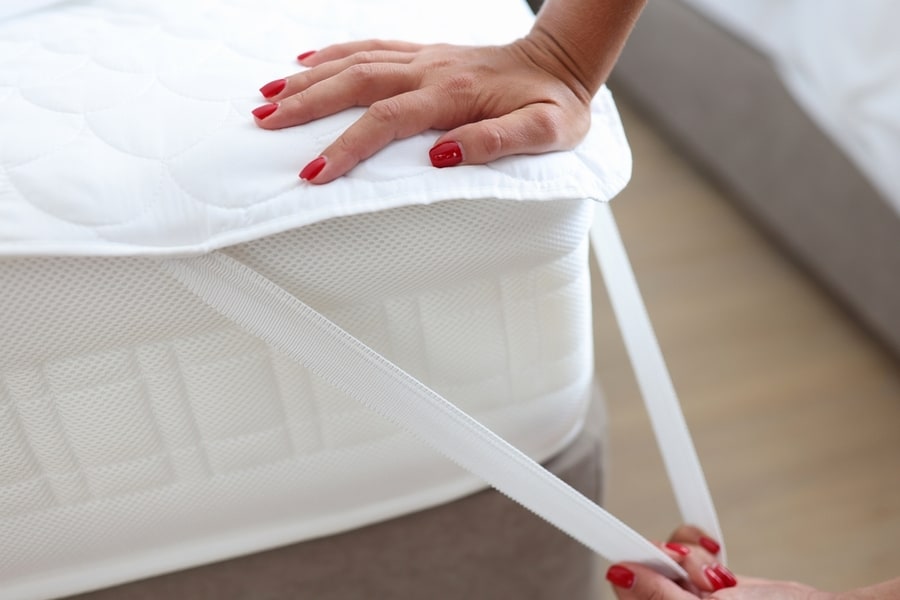
Inspect bedding for signs of fecal matter in the form of dark spots.
Such blood spots on bed sheets and mattresses point to living bed bugs.
Summary
Although the discovery of bed bugs in my parent’s cabin in the woods gave us a real scare, spoiling a long-awaited retreat, I was happy with how the spraying went.
After the exterminator sprayed the cabin, I did a lot of work to ensure the treatment was effective, eliminating any surviving bed bugs and eggs.
I also employed various preventive measures that have kept the cabin free from bed bugs for the past six months.
Frequently Asked Questions
Can I Sleep in My Bed After Bed Bug Treatment?
Sealing the mattress in an encasement before sleeping in a bed after spraying for bed bugs is safe. Enclosing the mattress ensures that any living bed bugs and eggs are trapped, suffocating in pesticides.
Should I Still See Bed Bugs After Extermination?
Yes, bed-bug treatment can result in an increase in activity for a few days. This should reduce over the next two weeks.
Seeing living bugs or signs of living bugs after two weeks from the initial treatment shows that it has failed to eliminate the bed bugs.
How Long Do You Have To Wait After Spraying Bed Bug Spray?
After spraying for bed bugs, wait two to four hours before entering a building. Keep the windows and doors open for an hour, allowing the fresh air to flow.
Light cleaning is usually okay without penetrating the perimeters created by the treatment. Wait for one to two weeks before deep cleaning the house or building and the clothing and bedding within it.
How Long Do Bed Bugs Live After Extermination?
Bed bugs can live up to two weeks after the initial treatment by an exterminator.
Signs of living bed bugs after two weeks from the initial spraying mean that further work is required to eliminate them.

